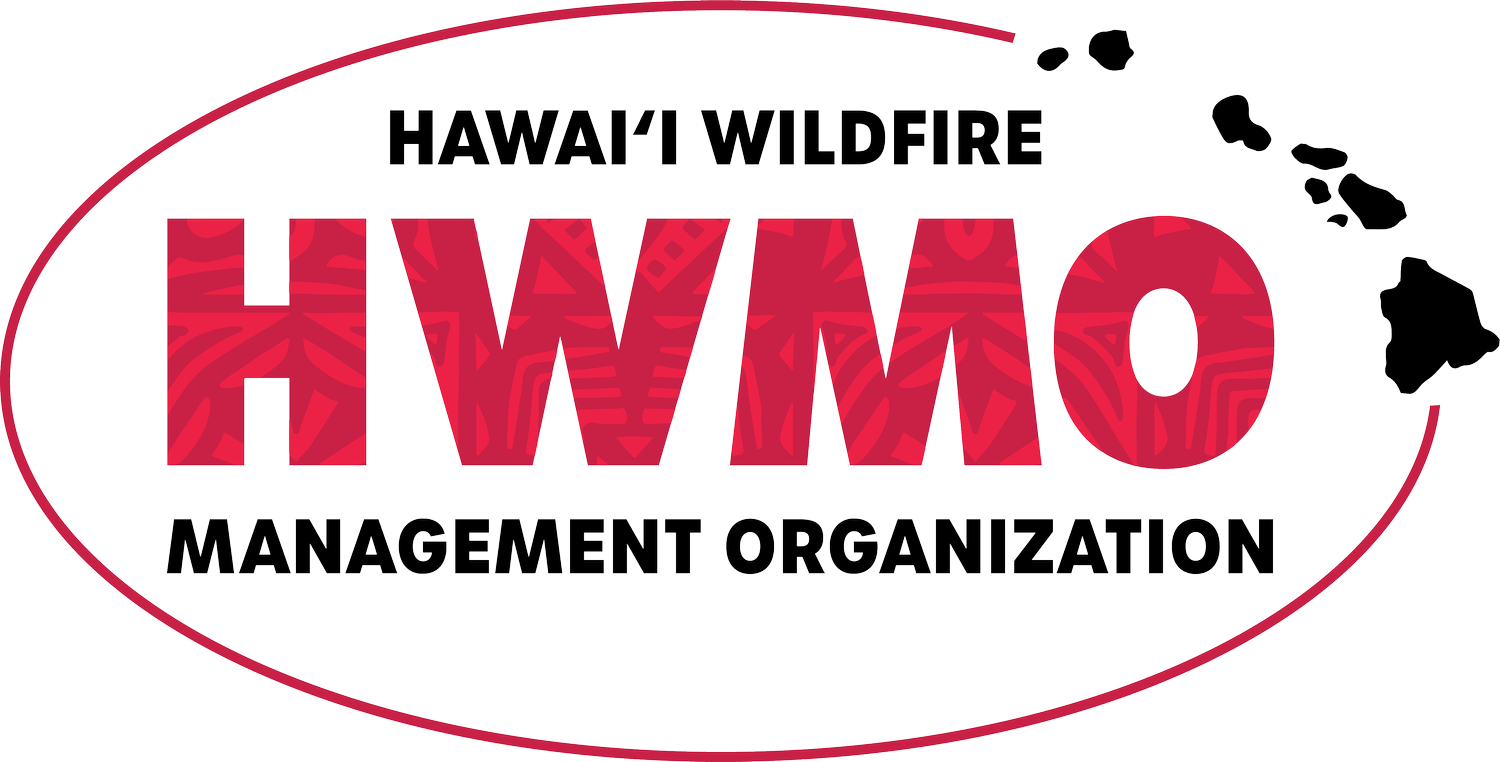Killing with Kindness
A nice example of a large landowner in Oahu taking charge and being a steward of his own aina by reviving native plants and animals.
From the Source:
"Mr. Zweng envisions a day when some of his forest will be returned to the natural state it was in before 20,000 kinds of invasive plants and animals arrived, carried by explorers, tourists and indefatigable birds. He likes to point out that what he's attempting is much harder than the discipline known as forest management. 'Here, we're recreating the native forest," he said...
...Already, these three and various other volunteers seem to be making a difference: there are signs of hope in the forest. In meadows thinned of invasive trees and shrubs, new shoots of indigenous koa trees are sprouting, along with the flowering mountain naupaka and the palaa fern. The bright yellow kookoolau, a flower found only in Hawaii, is flourishing here, too...
Still, Mr. Zweng worries about his own mortality and how many years he has left to work in the forest. He dreams of the day the land is restored enough that he might see a bright red apapane or an orange-and-red iiwi, native birds that haven’t been in evidence in the valley for years.
Because in all likelihood, he said, the true verdict on his work will come not from environmentalists or the community, but from nature: 'Nature will tell us we’ve made a difference.'"



